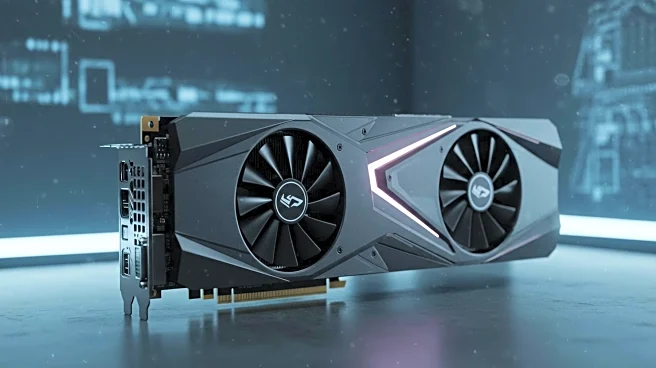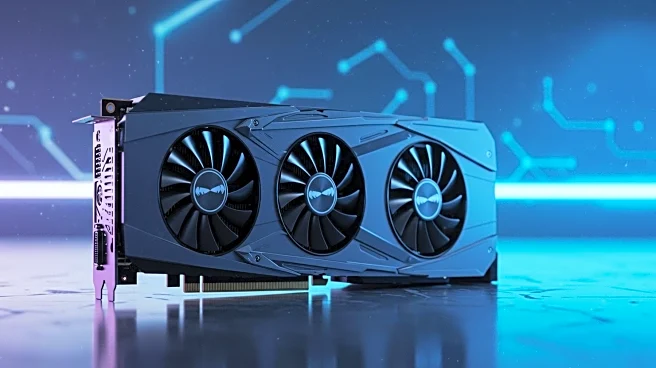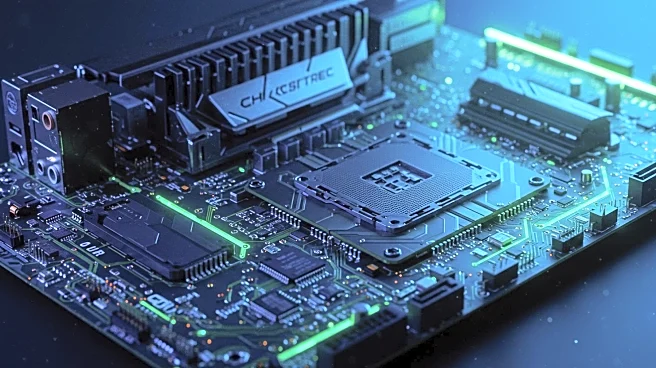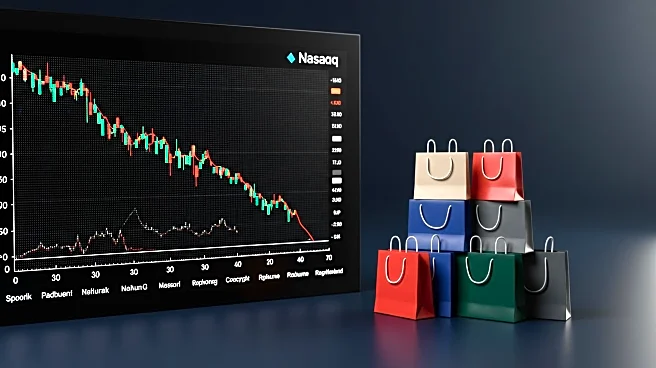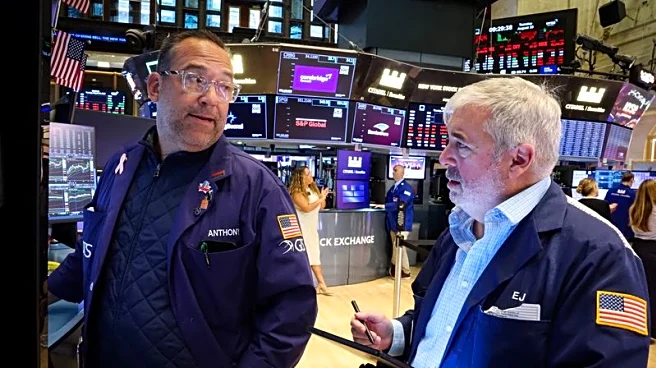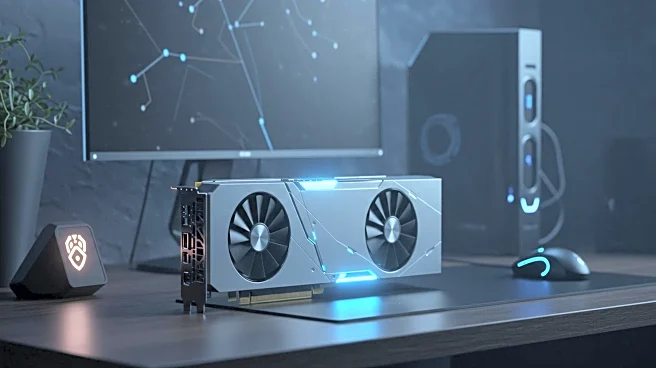What's Happening?
AMD inadvertently released the source code for its FidelityFX Super Resolution (FSR) 4 on GitHub, before reverting to the regular Software Development Kit (SDK). This accidental release has sparked interest as it included libraries for INT8 shaders, which may indicate potential support for older graphics cards. The FSR 4 is AMD's first machine learning-based upscaling technology, requiring dedicated hardware found in newer RX 9000-series RDNA 4 cards. The release was quickly corrected, but not before keen observers noted the possibility of future support for older GPUs, such as the RX 7800 XT. The current version, FSR 4.0.2, includes fixes for updated effects over previous versions. AMD is also preparing for a major update, codenamed Redstone, which aims to enhance indirect lighting prediction and improve frame generation technology.
Why It's Important?
The accidental release of FSR 4's source code is significant as it hints at AMD's potential plans to extend support to older graphics cards, which could benefit users who have not upgraded to the latest hardware. This development could impact the competitive landscape in the graphics card industry, particularly in relation to Nvidia's offerings. By optimizing FSR 4 for older GPUs, AMD may attract a broader user base, enhancing its market position. Additionally, the upcoming Redstone update promises advancements in image quality and performance, which could further bolster AMD's standing in the gaming and technology sectors.
What's Next?
AMD is expected to continue refining its FSR technology, with the anticipated Redstone update set to introduce Neural Radiance Caching and machine learning-enhanced ray regeneration. These enhancements aim to improve image quality and performance, potentially bringing AMD's technology closer to Nvidia's Frame Generation tech. The industry will be watching closely for any official announcements regarding expanded GPU support, which could significantly impact consumer choices and market dynamics.
Beyond the Headlines
The inadvertent release of FSR 4's source code raises questions about the security and management of proprietary technology within major tech companies. It highlights the challenges of maintaining confidentiality in a fast-paced development environment. Furthermore, the potential support for older GPUs reflects a broader trend towards inclusivity and sustainability in technology, as companies seek to extend the lifecycle of existing hardware.
